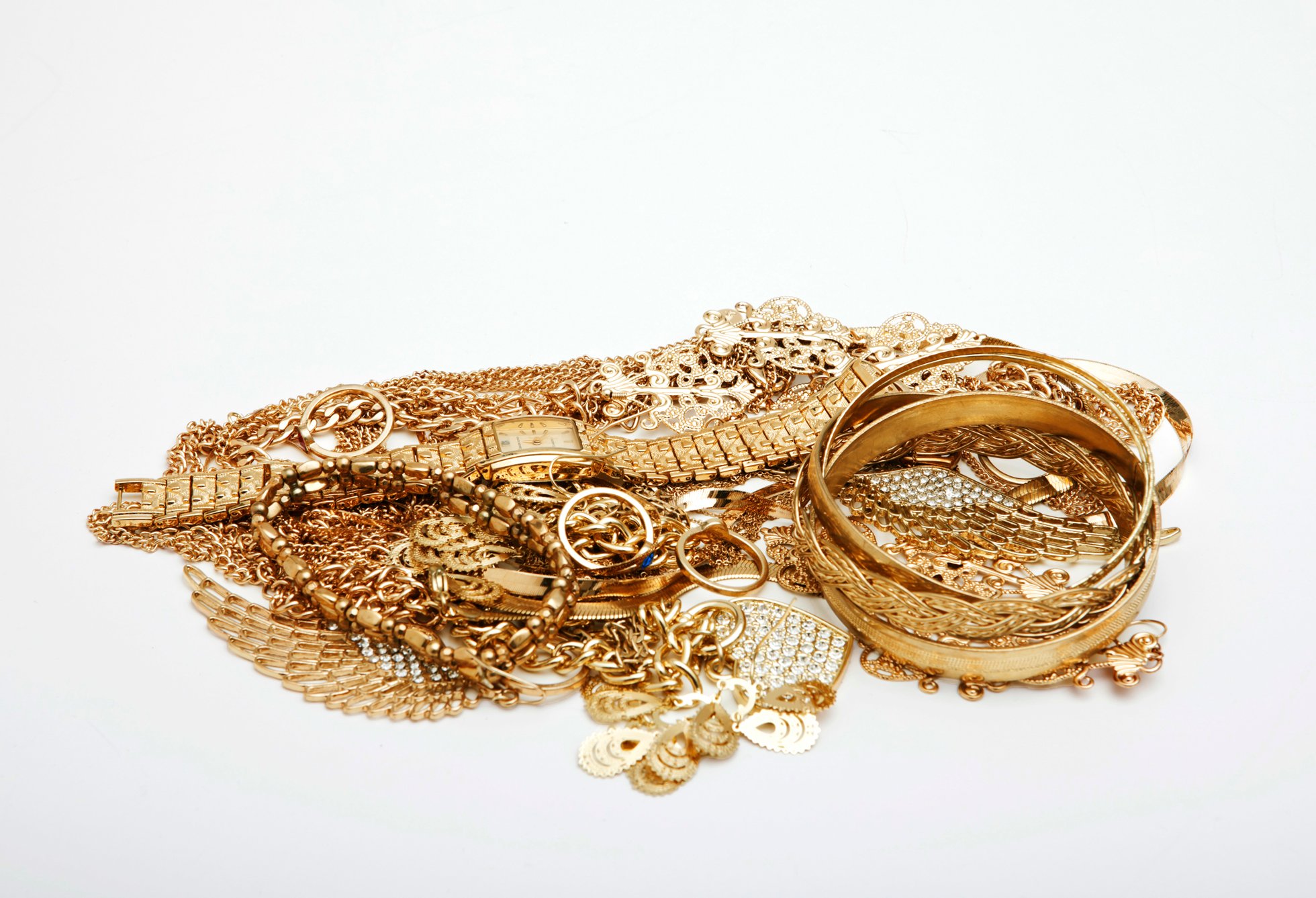Revealing the Mysteries Behind the Assessment Procedure Used by Precious Metal Acquirers
Wiki Article
This valuation process employed from gold purchasers represents an important topic to individuals keen in selling precious metal. Comprehending how gold gets valued may assist sellers make informed decisions as well as ensure they receive a equitable price. Precious metal purchasers generally utilize various key elements to determine the worth for gold items, such as fineness, weight, plus current market valuations. Each of these has an significant part in the overall valuation procedure.
One of the first steps of this appraisal procedure is assessing the purity of the gold. Gold fineness can be assessed by karat weight, where 24 karat being pure gold. Most gold ornaments is not pure and may be 10, fourteen, or 18 karats. A greater a karat number number, the greater precious metal material that item contains. Precious metal purchasers commonly employ various assessment method, such as acid testing and digital testing, for ascertain its fineness in a precious metal. This step remains vital as this immediately influences the item's value. For, instance, one 24-karat precious metal item shall become worth more compared to one 14-karat item, although when both weigh same same.
Another weight in a precious metal piece is another key factor in this valuation process. Gold is typically measured by grams or troy. Buyers will measure a precious metal for calculate its worth based to the fineness. The mass gets combined with the precious metal's fineness ratio to find the quantity in pure precious metal contained in the item. For, when a 14-karat gold ring weighs 10 grams, it contains about 5.83 grams of pure gold in pure gold. This calculation assists purchasers ascertain how much buyers are willing for offer in exchange for an item.
Present trading valuations additionally have a significant role in the valuation for precious metal. Current price for precious metal varies according to supply and market needs, financial factors, as well as global events. Gold purchasers keep an close eye over such read this post here market trends to guarantee buyers provide competitive prices. Buyers commonly refer to the current valuation for precious metal, which represents a current market valuation for immediate transaction. This valuation may change daily, so buyers must remain updated to provide correct valuations. Sellers must likewise remain aware about such trading trends, as these can impact a valuation sellers receive in exchange for the gold.
Finally, the condition plus craftsmanship of a gold piece may affect its value. Distinctive designs, designer names, and cultural importance can all contribute toward an worth of the piece. For, a well-crafted gold chain by a famous brand can fetch a greater valuation than one similar piece lacking a brand label. Buyers will consider these elements while formulating an bid. Vendors must spend the time for clean and present their precious metal pieces well, because this may positively influence the buyer's perception plus the ultimate price.

To summary, this appraisal procedure employed by gold purchasers involves several important elements, including fineness, mass, present trading prices, and the condition in a piece. Comprehending such elements can assist vendors manage the selling process more effectively. By staying knowledgeable on the way precious metal is valued, sellers can guarantee sellers receive a fair price in exchange for the precious metal pieces. Whether selling ornaments, currency, and additional gold items, knowledge about this appraisal procedure is essential for formulating wise monetary choices.